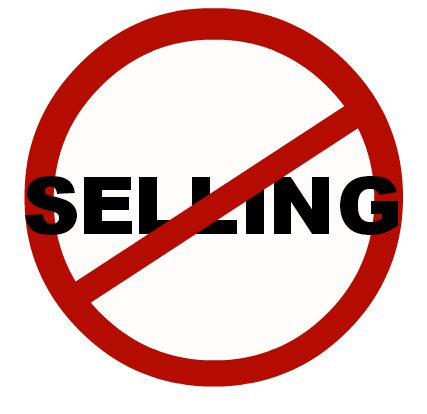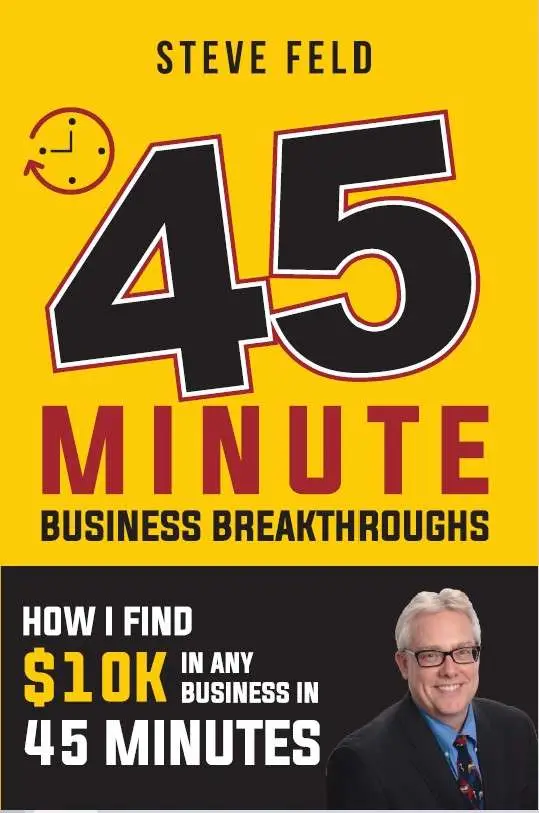Operation Money-Leverage!”
By Steve Feld|2024-12-28T21:31:33-07:00July 11, 2025|Categories: Business, Coaching, Entrepreneur, Sales|Tags: Business, entreprenuer, Growth, Owner, success|
Six Business Surveys You Can Use Today
By Steve Feld|2024-12-28T21:10:08-07:00June 13, 2025|Categories: Business, Coaching, Entrepreneur, Sales|Tags: Business, entreprenuer, Growth, sales, success|
Are You Open to Getting More Sales?
By Steve Feld|2024-12-28T20:54:26-07:00February 7, 2025|Categories: Business, Coaching, Entrepreneur, Sales|Tags: Business, entreprenuer, Growth, sales|
YES! I don’t want your business
By Steve Feld|2024-12-28T20:15:37-07:00January 15, 2025|Categories: Business, Coaching, Sales|Tags: Business, entreprenuer, sales, success|
How to Make Sales during the Holidays
By Steve Feld|2024-12-28T20:09:10-07:00December 14, 2024|Categories: Business, Coaching, Entrepreneur, Sales|Tags: Business, entreprenuer, Owner, sales|
TEN WAYS TO GET BUSINESS-SMART
By Steve Feld|2024-12-28T19:50:54-07:00September 5, 2024|Categories: Business, Coaching, Entrepreneur, Leadership, Sales|Tags: Business, Change, entreprenuer, Leadership, sales, success|
Are you a Good Negotiator?
By Steve Feld|2024-08-12T00:09:53-07:00August 11, 2024|Categories: Business, Sales|Tags: Business, Owner, sales, success|
5 Simple Tips to Speak Passionately, Without Getting Overly Emotional
By Steve Feld|2024-08-12T00:02:09-07:00July 11, 2024|Categories: Business, Coaching, Sales|Tags: Change, Leadership, Owner, sales|
5 Sales Myths to Get Over-NOW!
By Steve Feld|2024-08-12T00:03:18-07:00February 15, 2024|Categories: Business, Sales|Tags: Business, Change, Growth, sales|











